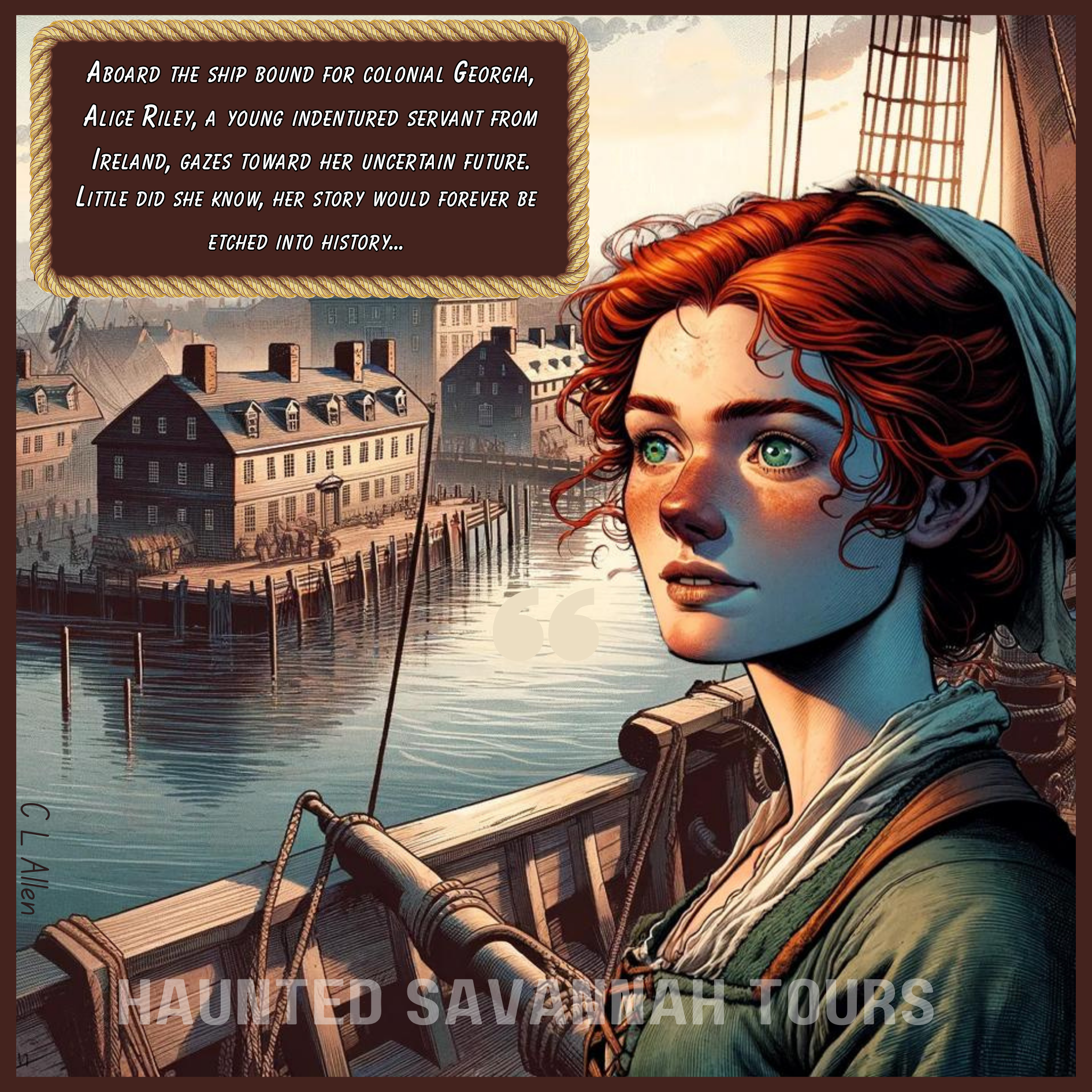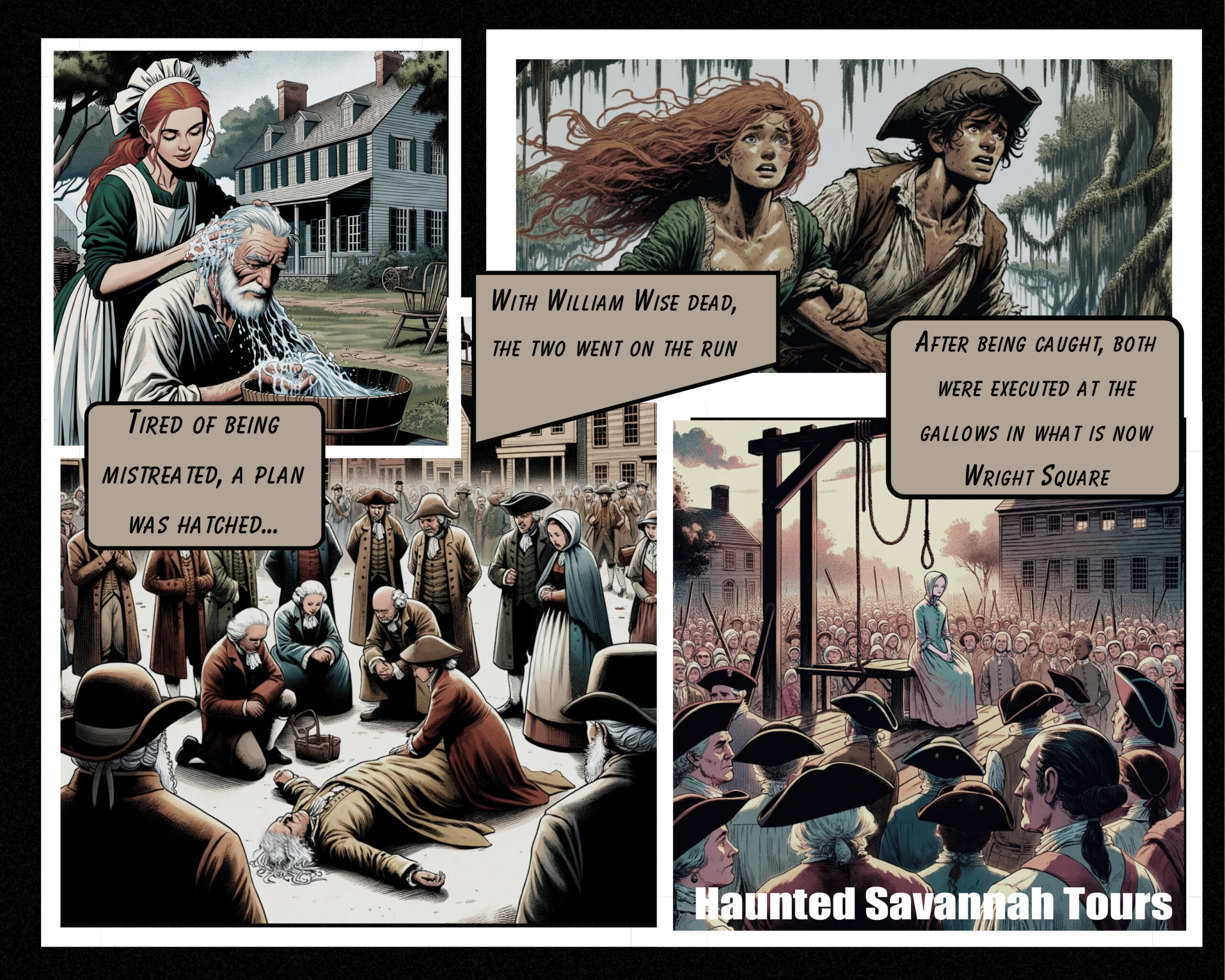The story of Alice Riley transcends the bounds of mere folklore, morphing into what some might dub a legendary narrative. It’s truly unfortunate, as reality often presents a tale far richer than any concoction of myth. Delving into the scarce historical records about Alice Riley reveals a truth equally compelling as the embellished stories.
Unveiling Alice Riley
Imagine the allure of a new beginning, teeming with opportunities and the promise of a better life in a New World. Such aspirations have likely danced through the minds of countless individuals over the ages, all dreaming of setting foot in America to carve out a promising future. Alice Riley was among those dreamers, though her path to the New World was fraught with uncertainty, devoid of any assurances of freedom or fortune.
In the autumn of 1733, Alice Riley and Richard White, alongside 38 other Irish servants, set sail for Georgia, enduring a perilous journey from Ireland. On the brink of starvation upon their arrival, their steadfast belief in a brighter future and their resilient Irish spirit shielded them from death’s grasp, offering a mere glimpse into the hardships that awaited them in their new home.
A Grim Discovery
The tranquility of Savannah was shattered on March 1, 1734, with the discovery of William Wise, a disreputable cattle farmer, dead in his Hutchinson Island residence, his head submerged in a bucket of water, a neckerchief binding his neck. This marked the colony’s inaugural murder case.
Wise’s nefarious reputation preceded him, especially after it was revealed that he misrepresented a prostitute as his daughter. Despite his unsavory nature leading to a rejection from the Georgia Trustees’ charity list, Wise managed to navigate his way to Savannah. James Oglethorpe, Georgia’s founder, opted to exile him to a cattle farm rather than send him back to England, marking the beginning of his downfall.
The Turn of Events
Entrusted to Wise as indentured servants, Alice Riley and Richard White quickly grew weary of their master’s lewd remarks and inappropriate advances. Documented letters to General James Oglethorpe from town recorder Thomas Christie narrate the grim circumstances leading up to Wise’s demise, implicating Alice and Richard in a desperate bid for freedom that culminated in tragedy.
Letters Shed Light on a Dark Tale
The collection “General Oglethorpe’s Georgia 1733-1737” features correspondences that illuminate the fate of Alice Riley and Richard White post-murder. Christie’s letters describe the crime scene in detail, while Edward Jenkins offers a firsthand account of Richard White’s capture and the somber execution of Alice Riley, who maintained her innocence until her death.
Alice Riley’s Legacy
Centuries later, the saga of Alice Riley remains a captivating element of Savannah’s storied past, her name synonymous with Wright Square and a fixture among the city’s historical narratives. Her life, shrouded in mystery and speculation, serves as a testament to the intricate tapestry of human history, far surpassing the allure of mere fiction.
As we explore the layers of Alice Riley’s story, we’re reminded of the profound intrigue that history holds, a narrative enriched by the unknown and the speculative. Should you ever cross paths with the specter of Alice Riley in Wright Square, perhaps you’ll seek the truth behind the legend.




